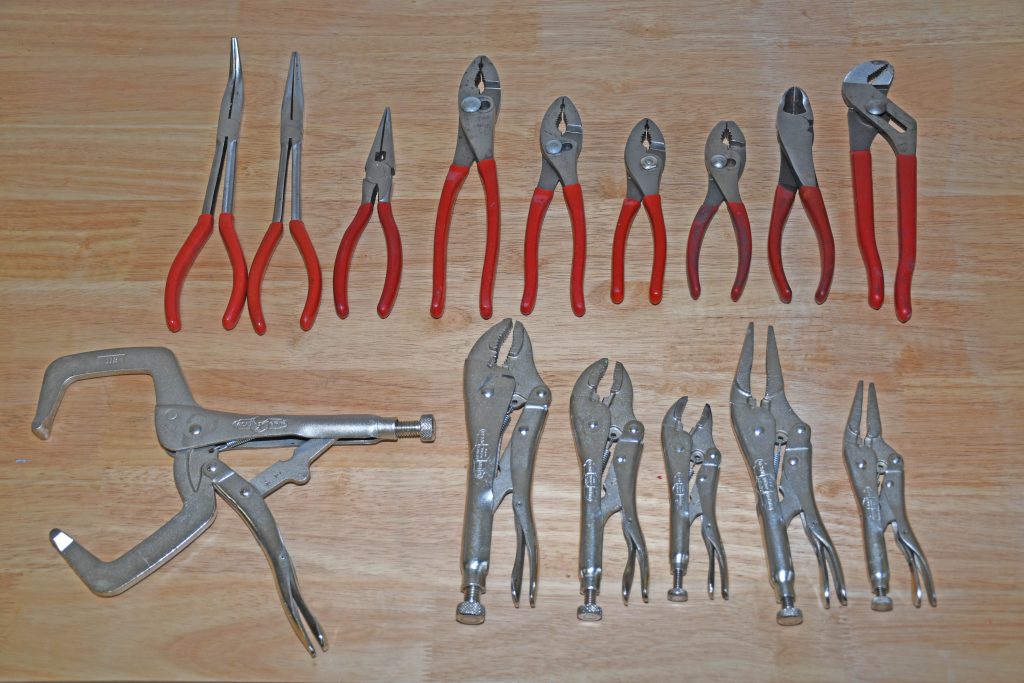
Pliers are as essential as the screwdriver or hammer. They’re so versatile that few homes, let alone garages, are without a pair. But the sizes and shapes available are abundant. If you’re starting to collect tools, or if you need a special pair of pliers, where do you begin? A quick search of SummitRacing.com shows hundreds of examples.

That’s a lot, but it should be no surprise you don’t need them all. Several good choices can make or break a tool collection. Here are the basics:
Double jointed straight jaw pliers are pretty much the norm. You always find them useful and they’re available in various sizes and layouts. A set of long nose (or “needle nose”) pliers are great for getting into difficult places. They too are available in many different sizes and layouts. If you’re starting from scratch, a set of diagonal wire cutters can prove essential when doing electrical work or when installing/removing cotter keys. Additionally, there are special pliers available for hose clamps, retaining rings, brake springs and even the small nuts found on distributors and voltage regulators. That’s just the tip of the iceberg too.
The combination slip-joint pliers will always be the go-to pliers. They can be adjusted to two or more sizes by way of a sliding pivot. This allows the jaws of the pliers to open wide(r) in order to grip large diameter fasteners or other objects. The jaws almost always feature sharp, hardened cross teeth. While this feature allows you to grip the object, it can also mar the surface finish. Something else most pliers feature is a short shearing edge for cutting wire.
You’ll find that over time, a well-used set of slip joint pliers will eventually become loose. The fix is pretty simple: Most have a nut of some sort at the joint. Tighten the nut and then set it in place using a hammer along with a center punch.

Long nose or “needle nose” pliers come in very handy for getting at small hard to reach spots. They’re manufactured in a variety of sizes and styles with some incorporating a cutting surface for slicing wire. Some examples have rounded jaws that are useful for bending wire into curves or circles. Others incorporate square jaws for making sharp bends in wire. These are called “long chain-nosed pliers.”

Solid joint diagonal cutting pliers (sometimes called “side cutters”) are pliers made with a diagonal cut head or face coupled with a hard steel edge to slice through wire or other metal objects. The design of the cutters allows them to work close to the surface. Diagonal cut pliers also prove very useful for removing cotter pins as well as trimming cotter pins to the right length after the install.
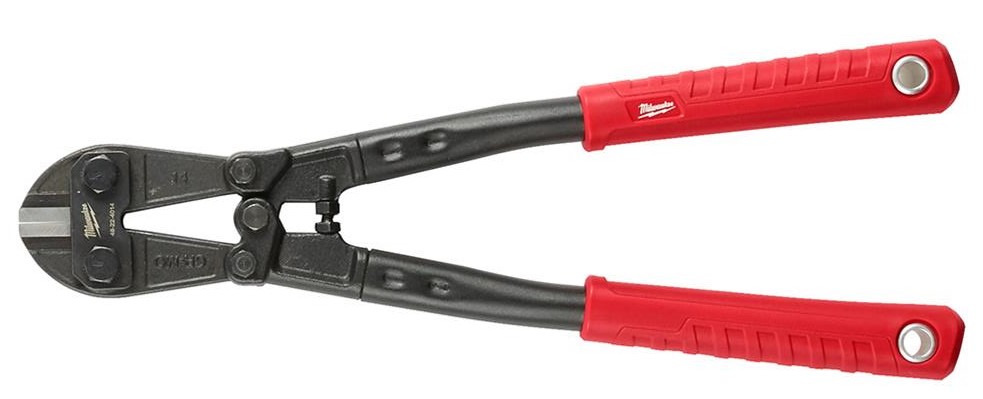
Solid joint compound leverage bolt cutters are designed for really tough jobs such a cutting bolts or cables. The compound leverage bolt cutter is extremely useful simply because it can handle the toughest cutting job with little or no effort. Some examples are built with replaceable cutting jaws.
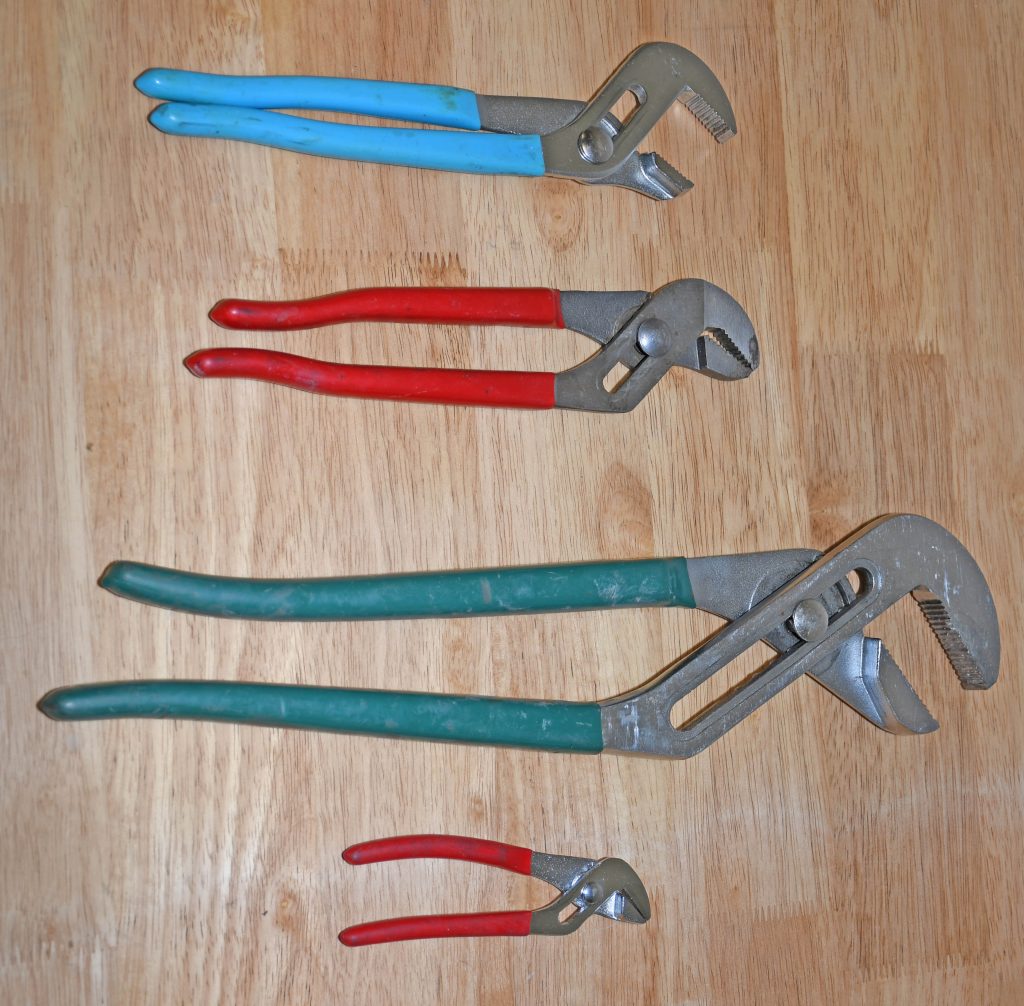
Two additional plier types you’ll find extremely useful include the locking jaw plier (this is an adjustable locking plier that stays on when locked and is also capable of a very firm grip) as well as the parallel jaw adjustable jaw pliers with angled jaws. These are often referred to as as the brand name “Channel Lock” or “water pump” pliers. They very handy for grabbing round and square shapes firmly.
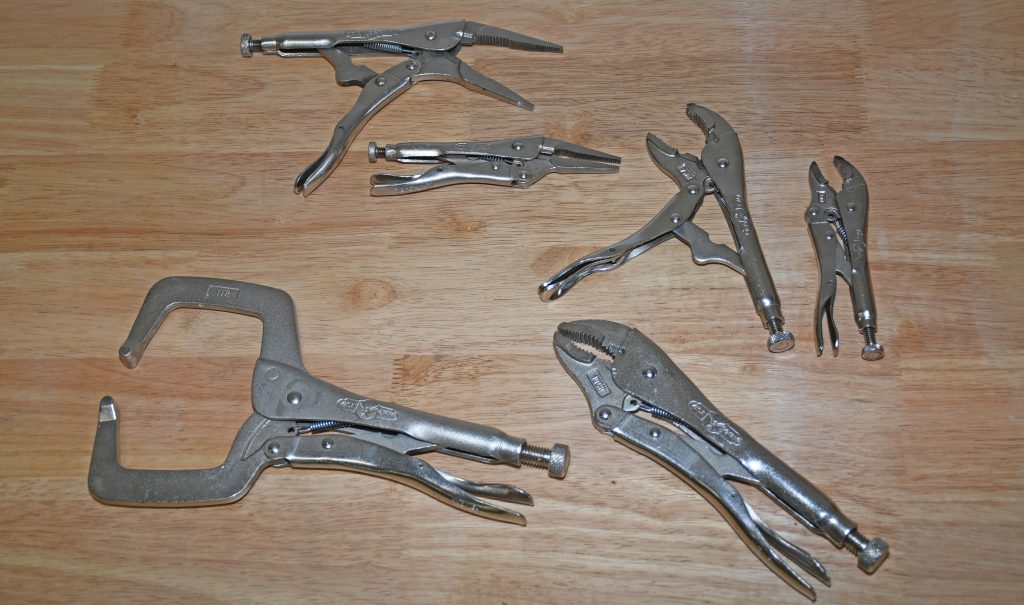
Locking jaw pliers are useful for holding work together while another task is being performed on the work. Again, there are many varieties of vise grip style pliers. Some of the more popular ones include a conventional straight jaw, a long nose as well as a C-clamp configuration.
Straight jaw locking pliers can be especially useful when holding nuts stationary while removing a tight bolt. There are an infinite number of uses for this tool and we recommend you have at least one pair in your tool box. When a “Vise Grip” is needed for a job, you’ll discover there’s nothing else that can replace it.
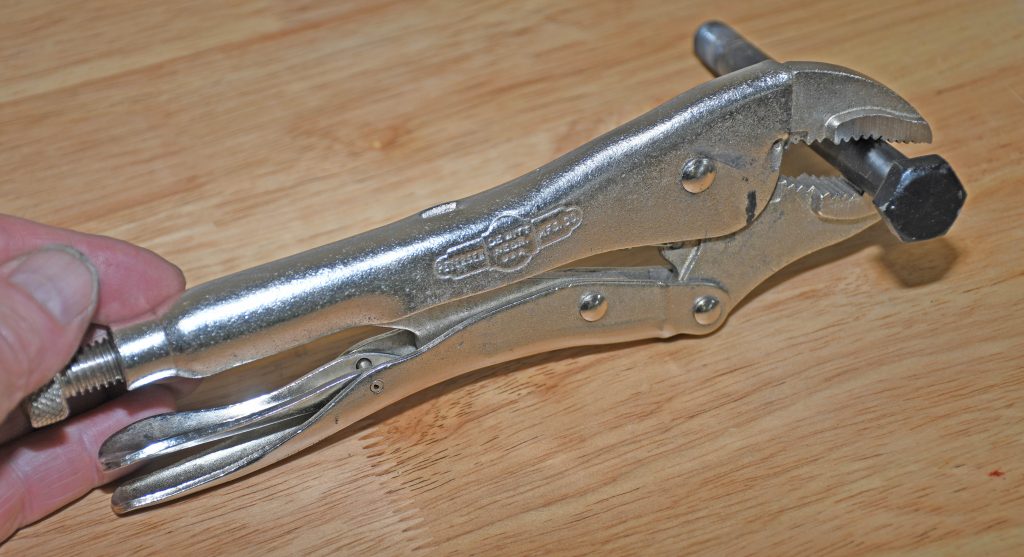
In order to use a set of locking jaw pliers, grip the work lightly in the jaws of the tool. Turn the adjustment knob clockwise until resistance is felt. Squeeze the pliers until you feel a “click”. It should require a hard squeeze. To release, simply squeeze the lever against the handle.
Interlocking slip-joint pliers or “water pump” pliers prove useful for gripping large or hard to get at objects. They can be opened to a wide range of positions, but at the same time, the jaws will remain parallel to each other. With these pliers, the handles are typically longer. This provides greater leverage. And not only are there huge by large examples out there (see the accompanying photos), you can also purchase miniature models designed specifically for small electrical work.
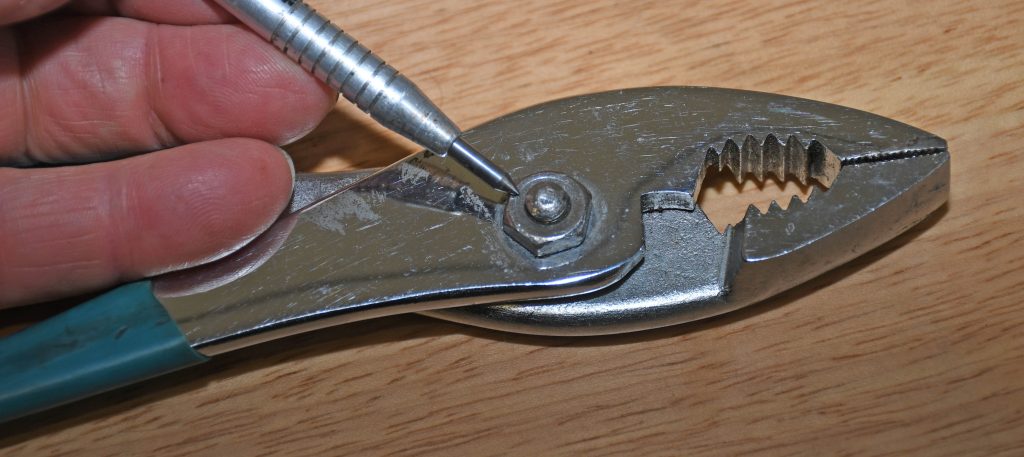
As you can see, there’s plethora of choices out there. And as we alluded to earlier, we’ve barely scratched the surface here. For a lot more choices, search keyword “pliers” at SummitRacing.com.

Comments